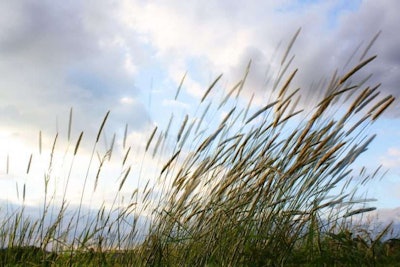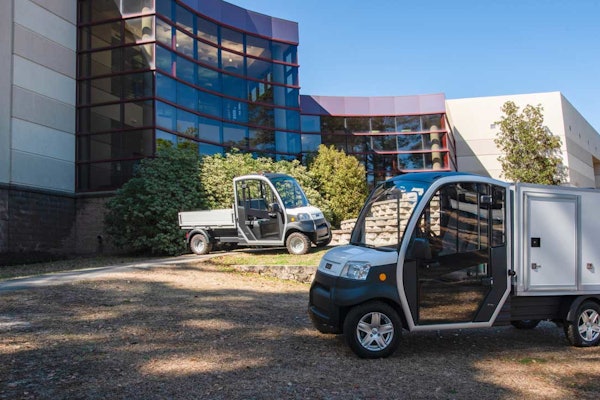 Photo: followtheseinstructions/Flickr
Photo: followtheseinstructions/FlickrWith the many celebrations that come with the month of May it’s easy to classify the month as graduation month or just another time of spring, but another title for May is Clean Air Month.
The Clean Air Act first came into effect in 1970, and since then it has worked to reduce health conditions and premature death related to poor air quality. Not only can polluted air have an effect on your health and wellbeing, it does the same amount of harm to the environment.
On Arbor Day we talked about how trees can help clean and purify the air around us, but do your customers know that all forms of living landscapes can also help clean the air?
Recently the Outdoor Power Equipment Institute (OPEI) wanted to remind customers of the many ways living landscapes, such as grass, trees, flowering plants and shrubs, can help improve the air we breathe every day. While it’s great to have a landscape that is aesthetically pleasing, it is also important to remember that the greenery around us plays a much bigger role than just looking nice; it’s also functional.
Dust and particle matter gets captured
Toxic air pollution has been linked to illnesses like chronic bronchitis and forms of cancer, and these toxins can aggravate existing conditions, such as asthma. Grass plays a vital role in collecting rainwater, which can also harbor dust and smoke particles from the air. Once these reach the ground, plants can then filter these pollutants that harm people. According to OPEI, scientists have also discovered that placing plants, grass and trees in urban environments can decrease the concentration of nitrogen dioxide (NO2) by as much as 40 percent.
More oxygen is produced, carbon is sequestered
Along with bringing beautiful focal points to a landscape, these thriving pieces of foliage can also absorb carbon dioxide (CO2) by removing and storing it before releasing it as oxygen back into the air.
According to Tree People, in the span of one year, an acre of mature trees can provide enough oxygen for 18 people. Trees not only absorb CO2, but they can also take in odors and pollutant gases. They can then filter particulates out of the air by trapping them in the bark and leaves.
“Our living landscapes play a vital role in the health of our environment, our communities and our families,” OPEI said on their website. “Living landscapes, including lawns and yards, gardens, managed landscapes around commercial and municipal buildings and other green space provide many benefits.”
These benefits can include the following:
- Providing recreational spaces for people and pets
- Creating necessary habitat for birds, insects and animals
- Producing oxygen and sequestering carbon
- Capturing and filtering rainwater, as well as stormwater run-off
- Capturing dust & particulate matter
- Reducing heat and the heat island effect
- Acting as a natural fire-break
- Controlling soil erosion
Across the globe, people will gather for events and demonstrations to educate those around them about Clean Air Month. Take some time to think of ways you could get your customers more invested in the clean air initiative, or celebrate with customers already on the fast track to air purification.










